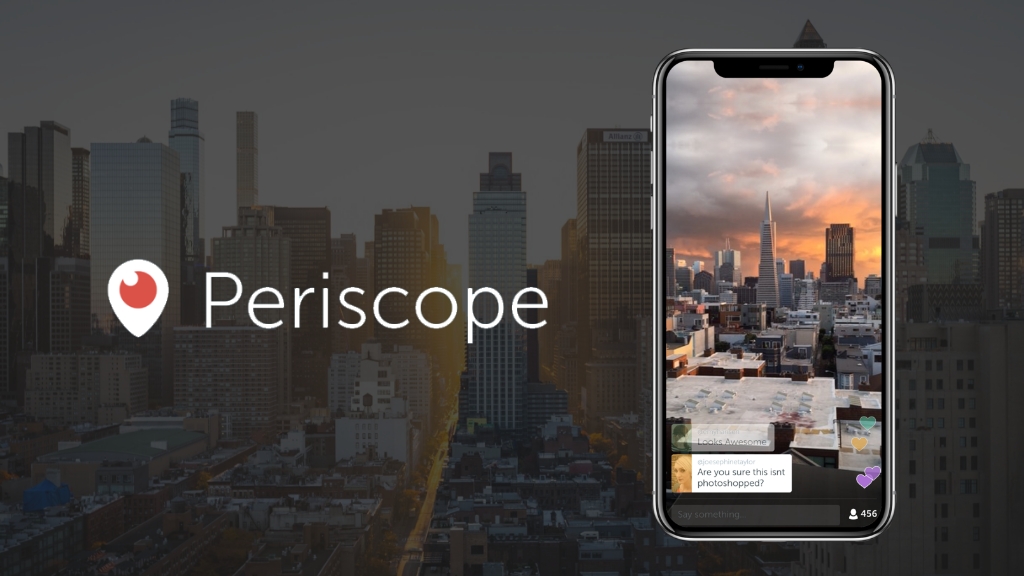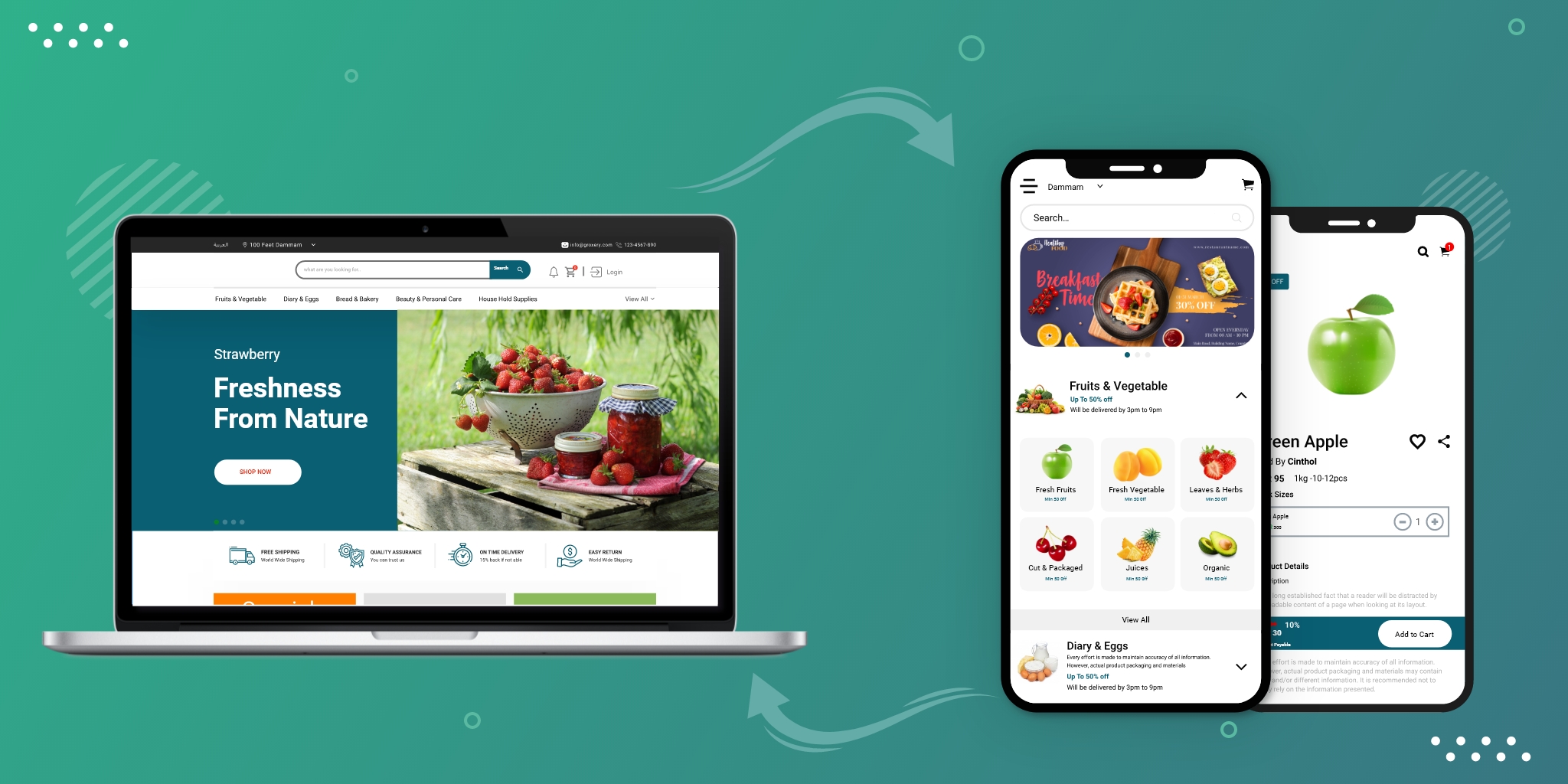Don't miss the chance to work with top 1% of developers.
Sign Up Now and Get FREE CTO-level Consultation.
Confused about your business model?
Request a FREE Business Plan.
A Brief Look at the Industry of TV Streaming Apps and Their Future
Table of contents

With Apps like Netflix getting immense popularity in the last few years – it looked like the era of TV is coming to an end. But, who knew that the TV will make a grand comeback to win its throne once again? With the advent of TV Streaming Apps Like Hulu, Apple TV, Youtube TV, and many others – now, it is crystal clear that TV content is not going anywhere anytime soon.
That’s how these TV Apps have changed the whole mindset of people who once thought that the future is only streaming apps like Netflix and TV content is losing its importance.
The reality is that TV content is not going anywhere – it is just the way of consuming it that has changed. Earlier people used to sit in front of the TV and wait for their favorite shows and movies all day long and now they binge-watch the content on TV Streaming Apps.
If you too are thinking of launching a TV app for targeting worldwide of any local area – it is surely an idea worth billions of dollars. Let’s see “WHY.”
TV Streaming Apps: Market Size, Scope & Other Worth Knowing Stats
Let’s have a look at how these TV streaming apps have transformed the Entertainment Industry and for all the good reasons:

Isn’t it interesting? Today, we are living in a modern world where entertainment is no longer limited to our TVs in living rooms. We have access to personalized content that we can stream directly to our smartphones, tablets, or computers.
We can also buy or download our favorite shows on mobile apps to afterward stream it on practically any device from any location. At present, Americans are enjoying hundreds of TV applications from network providers and streaming services and this trend is attracting a number of entrepreneurs to the digital wave of TVs.
But, if you also want to be a part of this league by building your own TV Streaming App – it is crucial for you to know what type of TV app you want to develop. There are three major types of TV Streaming Apps. Let’s see how they are different from each other.
3 Types Of TV Streaming Apps With Examples

1. All-In-One TV Streaming Apps
This type of TV Streaming Apps is probably the most popular and most-loved one by users. Generally, mobile apps that fall in this category stream numerous other types of videos along with TV content – it can be web series, movies, or some other type of original content.
Hulu is the best example of All-In-One type of TV streaming apps. Along with TV content, Hulu also streams original content produced by the app itself which is not available anywhere else. If you own a production house, you should undoubtedly follow the footprints of Hulu to reach the pinnacle of success in the industry of TV Streaming Apps.
You can read our comprehensive blog for more information on How Does Hulu Like Apps Work and Bring Money to the Table.
2. TV Only Apps
Another type of TV streaming apps is the one which directly streams just live TV on the application and nothing else, for people who are away from the TV and don’t wish to skip the broadcasted serials on the TV.
DirecTV is one such example of a live TV streaming business. Aside from broadcasting TV, they don’t stream any other content for their users. Such applications are clearly a replacement of cable that streams everything of the traditional TV on any of the internet-connected devices.
3. Apps of Independent TV Networks
Lastly, this type of apps is by independent TV networks that develop their own applications for providing on-demand TV streaming services to their users. HBO Now is one of the examples of such apps. But, some of the time, these applications are available to those who have subscribed to the traditional TV channel only.
Now let’s have a look at some of the market players in the TV Streaming Apps industry and see how they work to get an idea of the competition you will have to face if you launch a TV app in the coming future.
How Does TV Streaming Apps Work: Business and Revenue Model
There’s no one denying it, developing a TV Streaming app is not as easy as a walk in the park!
If you are planning to build the same you will have a number of things to worry about like content acquisition, app development, and also the app’s bandwidth to deliver content. Additionally, there are a number of other daily operational costs that need to be factored into any media streaming business, including attracting users, retaining them, app marketing, and so on.
But, the major aspect before building any mobile application is funding. It is crucial to get a substantial amount of funding for your app to hit the ground running in a market that is booming at a fast pace. And, the only way to win an investor’s heart is by having a profitable business and revenue model.
So, before you define your own TV Streaming App’s business model, let’s see what options are already being used in the market.
Basically, there are three business models to choose from:

- Advertising Video-On-Demand (AVOD)
Same as traditional TV, mobile apps that follow the AVOD model, provide streaming services to end-users for free. And these apps generate revenue by providing advertisers the privilege of inserting their adverts in between the videos. This model is beneficial for users (they get to see the content for free) as well as advertisers (they get a huge user base to market their product or services).
- Subscription Video-On-Demand (SVOD)
SVOD is the most commonly used worldwide streaming business model, generally because of the popularity and success of applications like Netflix. This model is particularly based on users subscribing to the app’s services, for a predefined amount of time. This type of apps usually offers monthly, quarterly, or yearly subscriptions for users to avail the benefits.
- Transactional Video-On-Demand (TVOD)
TVOD is a lesser-known and used model in the industry of video-streaming apps these days.
It basically depends on the model of users paying for every individual bit of video content they view or download. This model has two sub-classes: EST (electronic sell-through ), by which users can permanently access a piece of content once bought via the Internet and DTR (download to lease), where users can access the content temporarily while renting it (like the old DVD store model).
Now that we know all the types of business models that are used by market players in the industry right now. Let’s analyze how they are implementing these to earn maximum profits:
1. Hulu

Hulu is a “Video-On-Demand + TV Streaming App” owned by Walt Disney. As of now, the company has a strong user base of around 25 Billion subscribers and it hits nearly $1.5 Billion in ad revenue every year. (Ads being its major source of revenue).
With a subscription of Hulu with Live TV, users don’t need to own a cable connection. The application provides Live TV broadcasting services along with Hulu Originals. The application’s major USP is that it gives users access to watch TV serials very early as compared to any other streaming application.
The company runs on a Hybrid business model – which is a great combination of SVOD and AVOD. The app provides a free trial to its users for one month and after that, they can purchase a subscription depending on their preferences. Hulu charges its users a monthly fee but several other packages are also available depending on the user’s preferences. Hulu’s major source of revenue is Ads, however, it also provides ad-free streaming experience with some extra charges.
2. HBO Now

HBO Now is a subscription-based video-on-demand app for Americans that is owned by American premium TV network HBO. The app was launched in the year 2015 and its users do not require a cable connection for watching anything that is streamed over the app.
Users can access the HBO Now app through a number of devices ranging from Apple TV, web browsers, Android TV, Roku, Samsung Smart TVs to iPhone, and XboxOne.
How HBO Now generates revenue is a trap that every viewer is glad to fall into. It acquires its revenue mostly by the membership charges that users are ready to pay. The quality and service that HBO is giving to its subscribers are worth it. They pay $15 every month as a subscription fee to watch their preferred shows on demand. The rest of the cut they get is from the Ads that come before movies and TV shows.
Do You Know?
According to TechCrunch, the top 10 US video subscription apps attracted $1.3 Billion in 2018 which is almost a 62% increase from 2017. This shows that subscriptions are the new driver for non-game spending on the app stores, and that isn’t going to change anytime soon. So, if you are planning to launch an app in the coming years, we suggest you use the SVOD model.
3. Amazon Prime Video

Amazon Prime Video also follows the SVOD model but with a twist. This app shares its revenue numbers with its parent company, Amazon. And it is still the cheapest video and TV streaming app among all its competitors with almost the same benefits for users.
It relies on an enormous measure of yearly Prime subscribers who are charged $199 every year to access Prime Videos. And, along with the content, its users also get some amazing perks which other apps don’t provide like free-2 day shipping on Amazon products, unlimited photo storage, and Prime Music, to name a few. No doubt, this factor is somewhere contributing to the app’s growing popularity, user base, and revenue.
4. YouTube TV

YouTube TV is a live TV streaming service for US users exclusively. It lets its subscribers watch popular channels like ABC, FOX, NBC, ESPN, and a lot more on Youtube. It is also a subscription-based app that is growing at a fast pace.
The app boasts more than a billion subscribers and is a great addition to Youtube’s revenue model while being a strong competitor to Hulu. The service is provided at a cost of $49.99/month, accompanies 6 different accounts, and lets you stream from more than 70 networks.
In addition to the channels mentioned above, there are some premium channels as well which a user can subscribe to on YouTube TV for an additional amount. Just like other apps, you can stream Youtube TV on any device and it also comes with a complimentary Chromecast with every subscription.
5. DirecTV

DirecTV Now was launched in the year 2016 as a web streaming TV, as an auxiliary under AT&T. With a strong user base of around 1.5 million, it made more than $11.3 billion in the first quarter of 2020.
This video streaming application provides conventional TV channels for monthly charges however over internet streaming devices. DirecTV Now accompanies live DVR recording and streaming options and is accessible over plenty of devices including iPhone, iPad, Android, Amazon Fire TV, Apple TV, Roku devices, and more.
Much the same as the satellite and Cable TV, DirecTV does constitute small breaks between live feeds. Video Ads are a major part of this platform as well to keep the costs down. Being a TV streaming application, it doesn’t provide original content of its own, and only broadcasts the content of traditional cable channels online.
So that was all about the business and revenue model of major players in the TV Streaming App Industry. Are you excited after seeing how they are making Billions with their TV Apps? No Worries! You too can!
Here why it is a good idea to invest in TV Streaming App Development now:
Why Investing in TV Streaming App Development Is a Great Idea?
While the modernization and growth of Smart TVs have attracted a lot of today’s big media players including Hulu, Disney, and BBC, some others still need inspiration. For those unsure about whether to invest in TV application development or not, there are a number of reasons why now could be the ideal time to enter this industry:
1. There Is Enough Space In the Market
As of now, there are just a few big players that dominate the Smart TV application space. These are the likes of Amazon, Hulu, and the BBC. However, the market is still relatively new and by having a robust TV app by your side, you can have the chance to give a strong competition to apps like Hulu on a user’s Smart TV home screen.
As more and more publishers enter the market to follow the success of Hulu like TV applications, this chance will pass with user’s home screens becoming full of applications from Apple and Disney. So, now is the time to occupy some space for sure.
2. The COVID19 Lockdown Impact
As per research by Omdia, increased consumption of digital content using mobile apps has already been observed in a number of countries including the USA, China, and Italy. And, it is not at all surprising with almost half of the world’s population restricted to homes to curb the spread of CoronaVirus in the last few months.
Also, the experts of the same firm are predicting around $11 billion losses for the movie industry with a 25% decline and a 15% drop in TV advertising. It is clear from the stats that the market will take at least 24-32 months while recovering. So, what it means is crystal clear – increased demand for On Demand TV Streaming Apps and their increased revenue because of no advertising on traditional TVs.
3. The Future of TV Apps Is Bright
The future of TV is changing rapidly and that shows how users crave customized, and convenient content. As data capacities are increasing and more streaming services are created, the fate of TV will be user-driven and very different from the past giving a lift to TV and Video Streaming App Development.
On top of all these reasons, the valuation and funding stats mentioned above of TV Streaming Apps are the clear-cut reasons that show why investing in TV-Streaming App Development is a billion-dollar idea. So, what are you waiting for? Act now and you can be next Hulu or Youtube.
Wrapping Up
So that was all about the TV Streaming App Industry, its trends, business, and revenue models.
With everything stated, it is clear that the future of TV applications is brilliant. In the coming years, we’ll see current trends continue to extend. The coming era is sure of profoundly personalized and niche related content that will be delivered directly to the user’s screen.
A number of giants like Youtube TV, Hulu, and HBO Now are as of now exploring different avenues of interactive content that permit viewers to choose their own classes and experiences. The pillars for standing straight in this industry are strong data-driven algorithms, personalized, and original content. So, if you want to take advantage of these amazing trends – contact our expert TV App Developers at Apptunix.

Rate this article!
(1 ratings, average: 5.00 out of 5)
Join 60,000+ Subscribers
Get the weekly updates on the newest brand stories, business models and technology right in your inbox.

Humane yet subtle, Naiya is a girl full of ideas about almost everything. After earning a bachelor’s degree in computer science and engineering, she decided to merge her technical knowledge with her passion for writing – to accomplish something interesting with the fusion. Her write-ups are usually based on technology, mobile apps, and mobile development platforms to help people utilize the mobile world in an efficient way. Besides writing, you can find her making dance videos on Bollywood songs in a corner.

Telemedicine 2.0 - A Comprehensive Guide On What Healthcare Providers Need To Know?
Discover how the latest advancements like Artificial Intelligence in telemedicine are reshaping patient care. This comprehensive resource offers insights into the key trends and innovations driving this shift, providing valuable knowledge for healthcare professionals looking to stay ahead.
Download Now!Subscribe to Unlock
Exclusive Business
Insights!
And we will send you a FREE eBook on Mastering Business Intelligence.


















